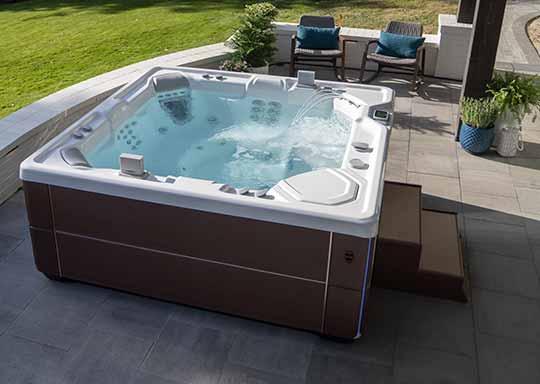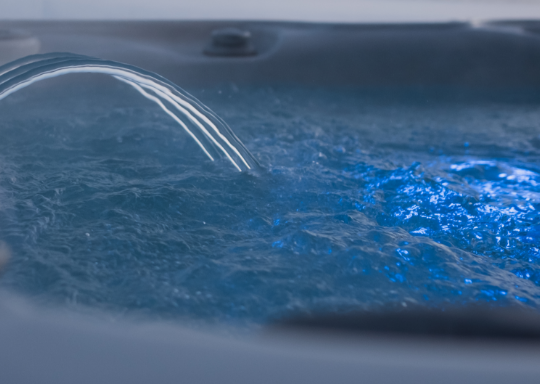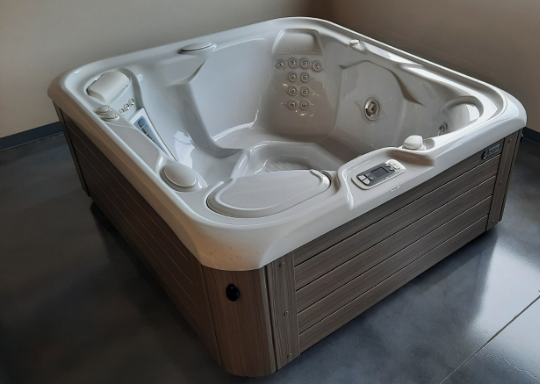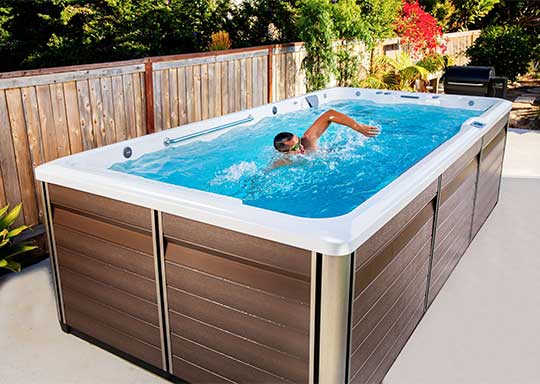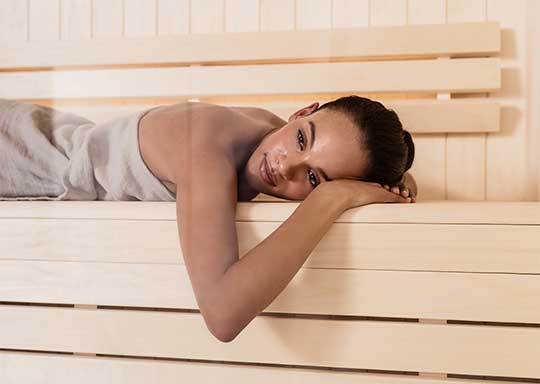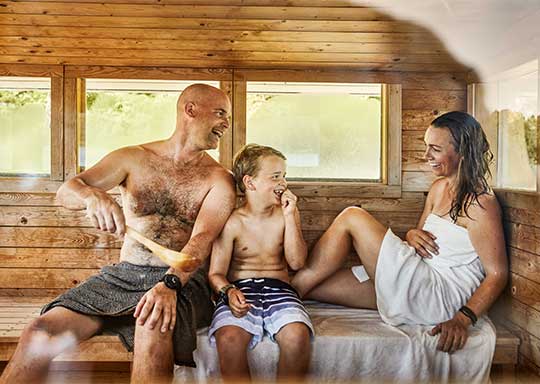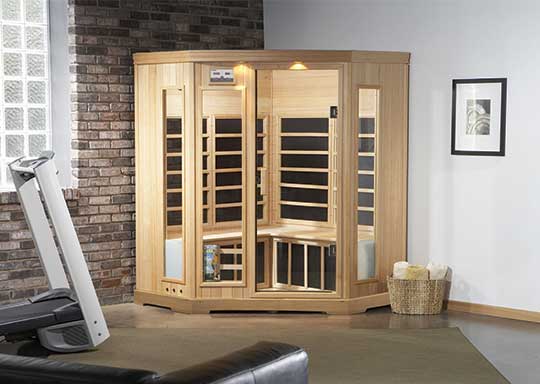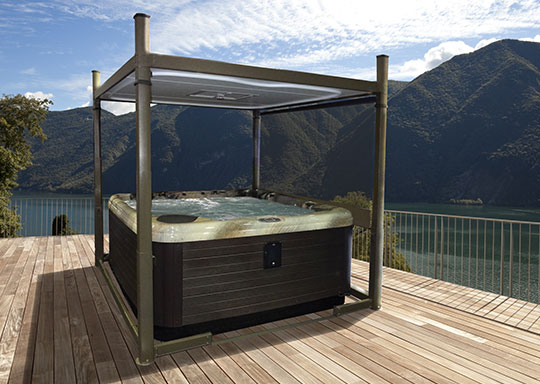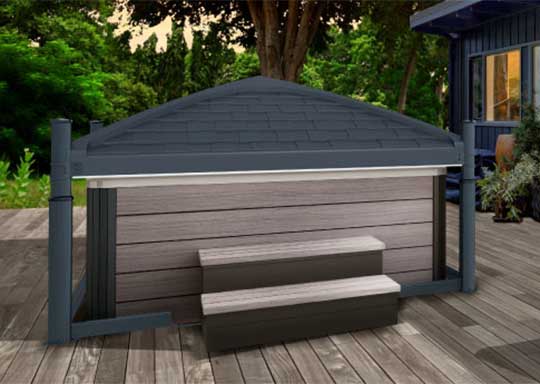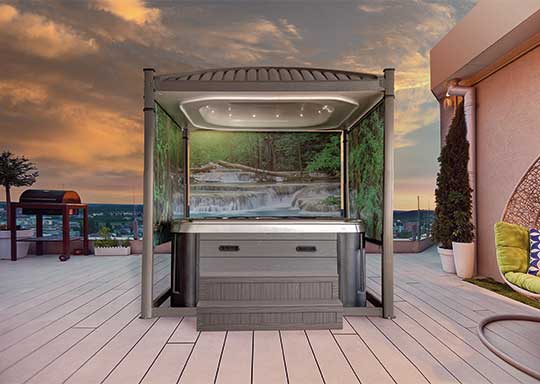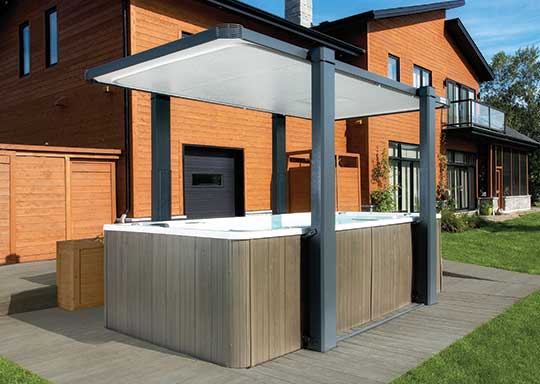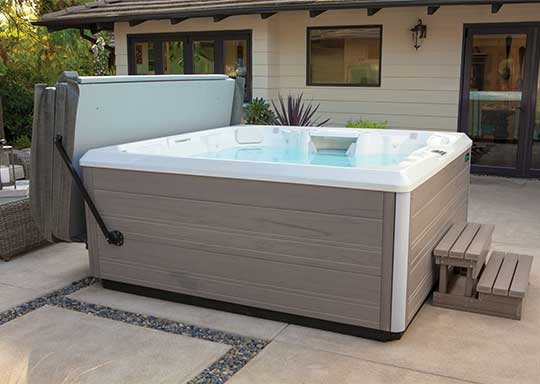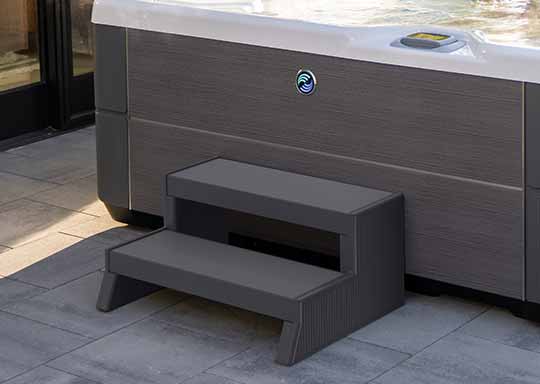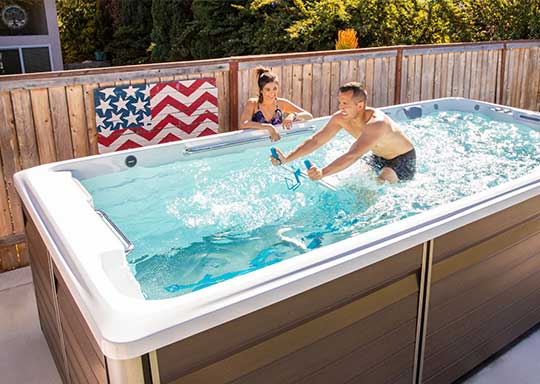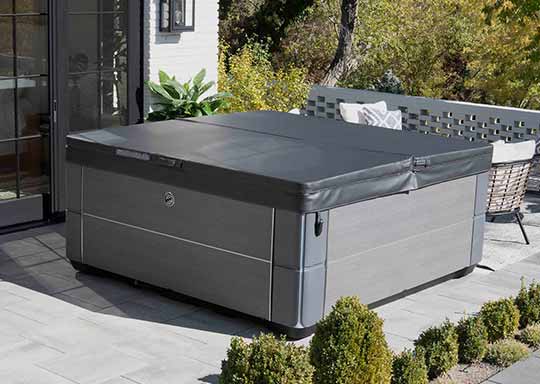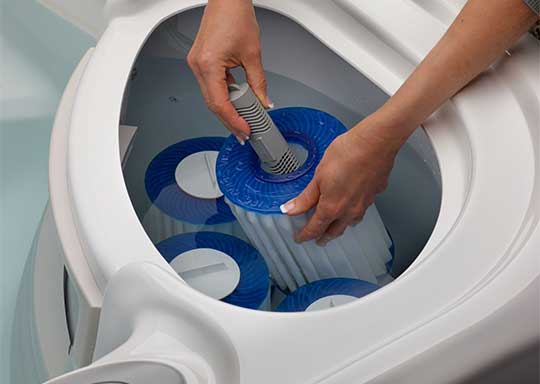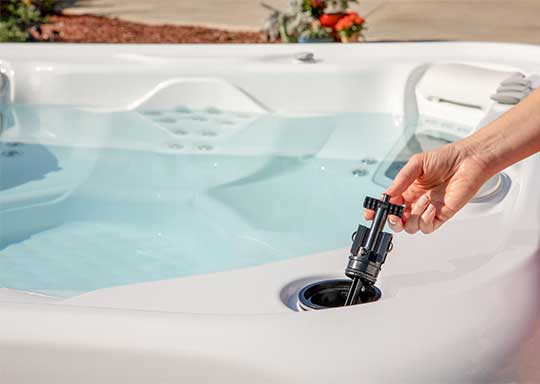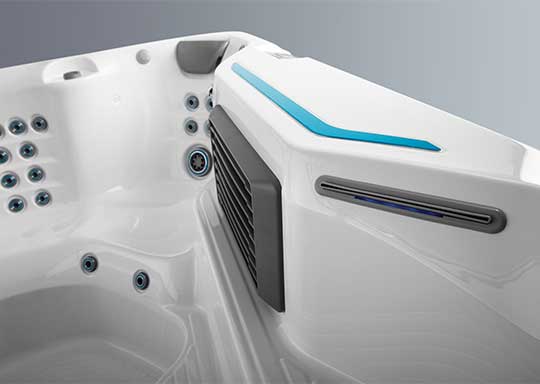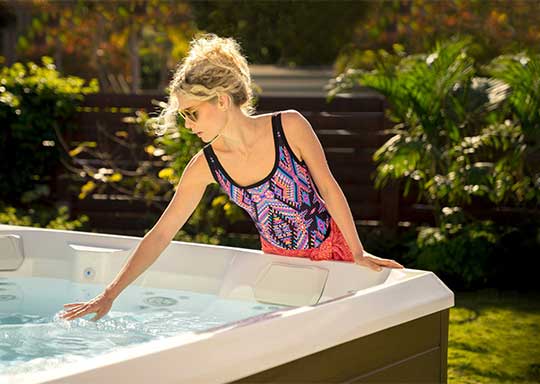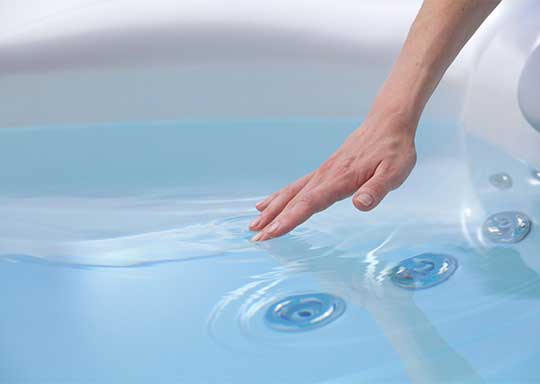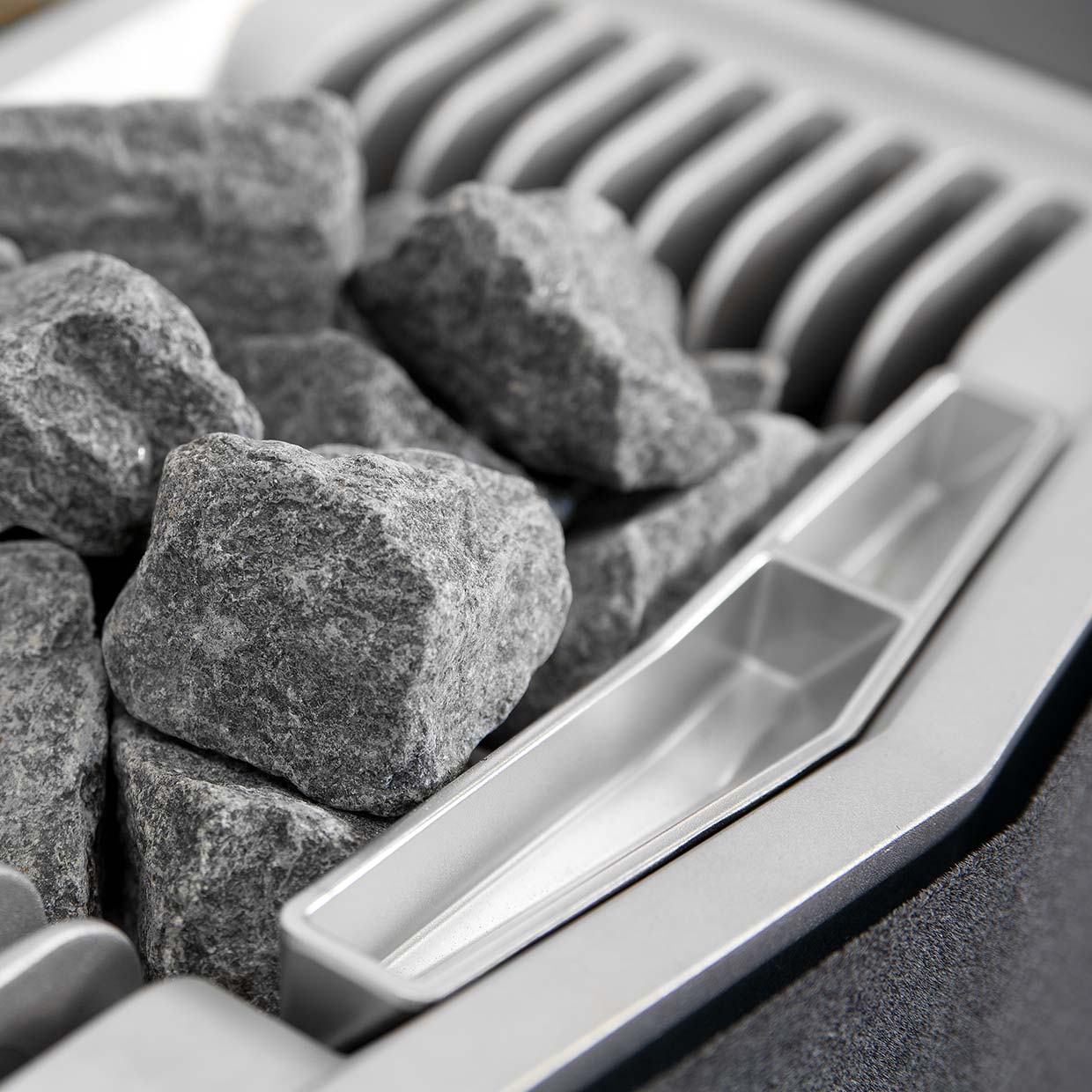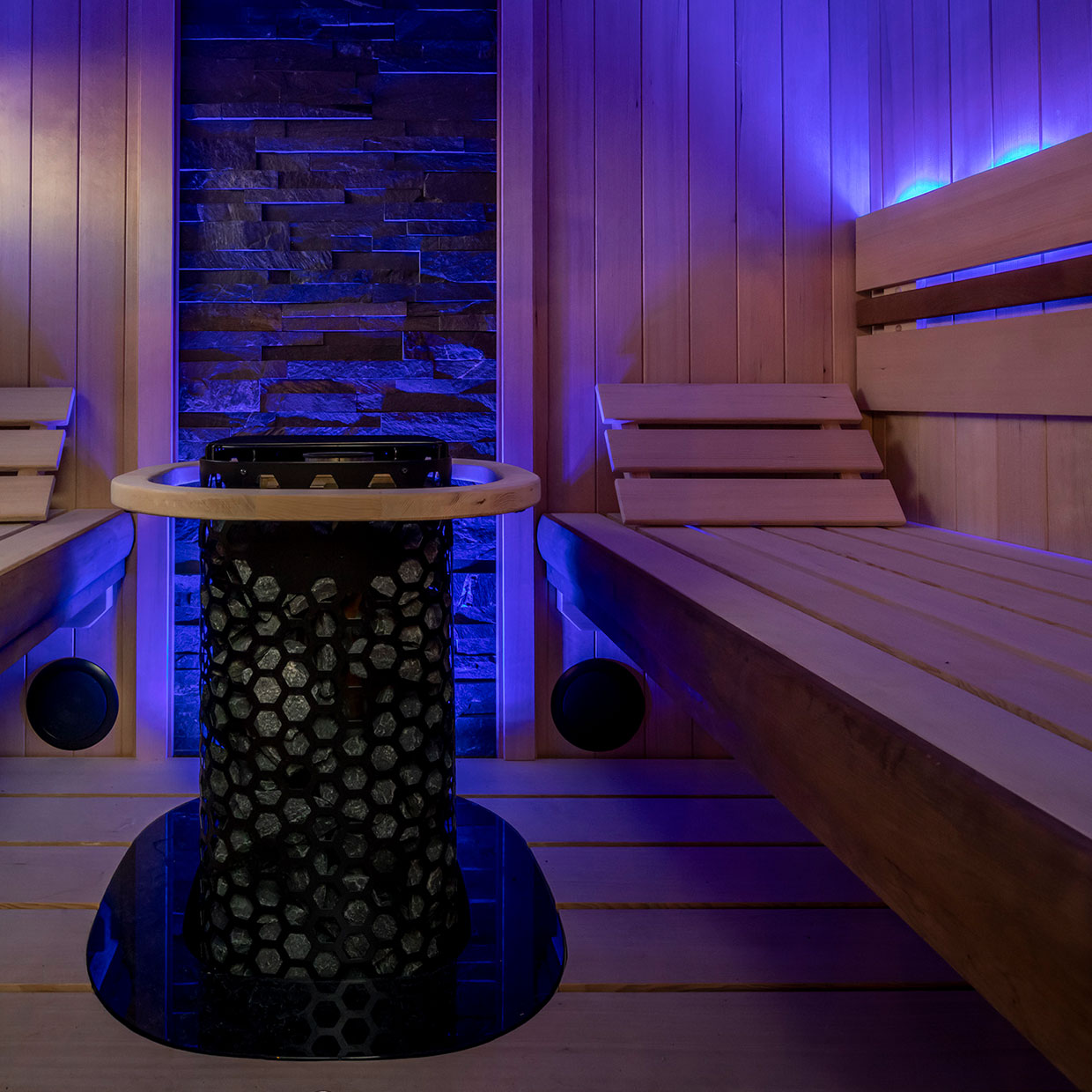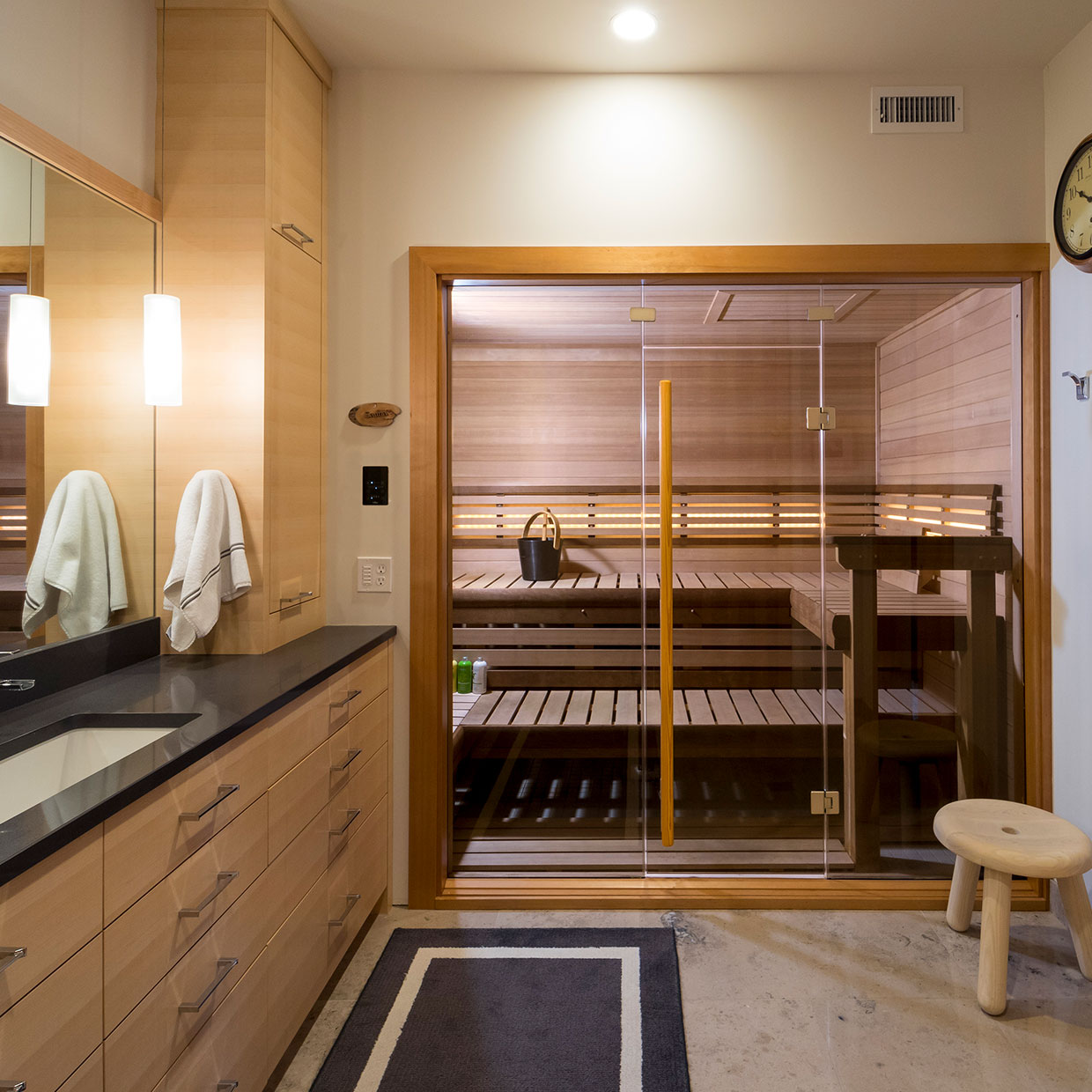
Understanding Saunas
If you’re reading this article, you’ve probably been in a sauna before and felt amazing enough after that deep, glorious sweat session to consider purchasing one for your own home. Now you’ve found yourself wondering: What exactly does a sauna do? How can one help me? Is it worth the investment?
Yes—absolutely.
Both traditional and infrared saunas offer the same proven clinical benefits for cardiovascular disease, rheumatoid disease, and chronic pain syndrome, as well as improve exercise performance, skin, and muscle recovery. Saunas have even been shown to eliminate environmental toxins. And they just feel great.
Let’s break down how saunas work and explore the science behind sauna therapy so you can pick the one that works best for you.
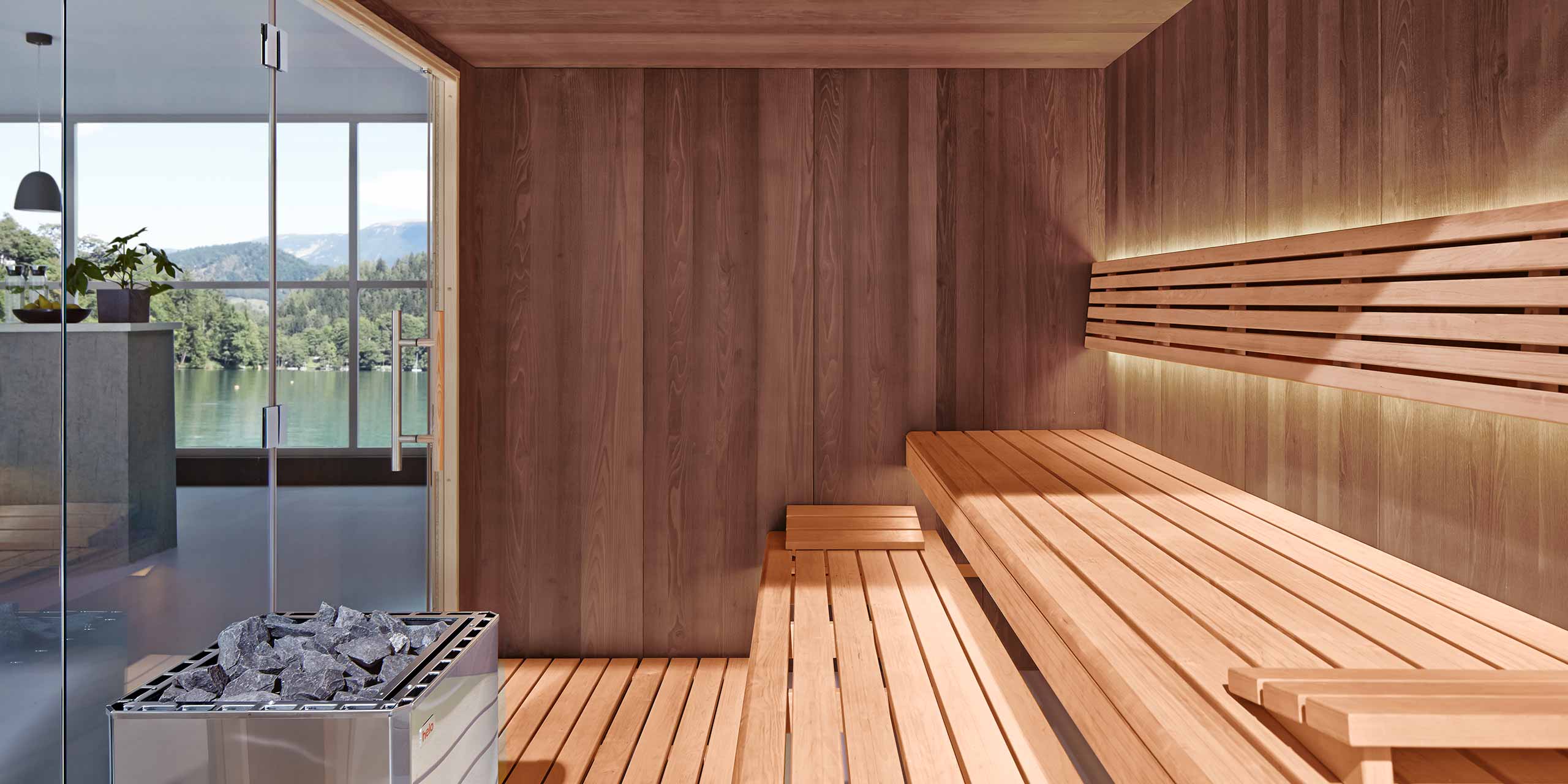
Traditional Saunas
Traditional saunas have been used for centuries as dwellings, bath houses, birthing places, and wellness retreats. Originally small log cabins, these structures featured a prominent central fire pit that heated stones to a high temperature over many hours. When the stones finally got hot enough, people would throw water on them to create steam and intense heat to keep warm and reap many health benefits.
Today, traditional saunas have evolved to make using them easier. How do these more contemporary saunas work? While these structures are still made of wood (resembling the buildings of long ago) and require proper ventilation to pull fresh air through the interior and prevent heat loss, most modern conventional saunas have heat- and steam-resistant tempered glass doors and use an electrical unit to heat large, high-quality stones to allow for air circulation during the heating process (which takes about thirty minutes or so). The resulting heat with relatively low humidity can reach up to 180–190 degrees Fahrenheit and raises the body’s core temperature to induce profuse, profound sweat in 10–15 minutes.
Why are saunas still made of wood? Wood is a good insulator but does not absorb heat, so you can sit or lay on the benches comfortably and won’t burn your back if you recline against a wall. And why are saunas made of cedar? While they can be constructed from a variety of timbers (including eucalyptus, aspen, alder, spruce, and pine), cedar—with its attractive, colorful appearance—is often preferred as it is quite durable and resists warping and discoloration over time from exposure to heat and moisture.
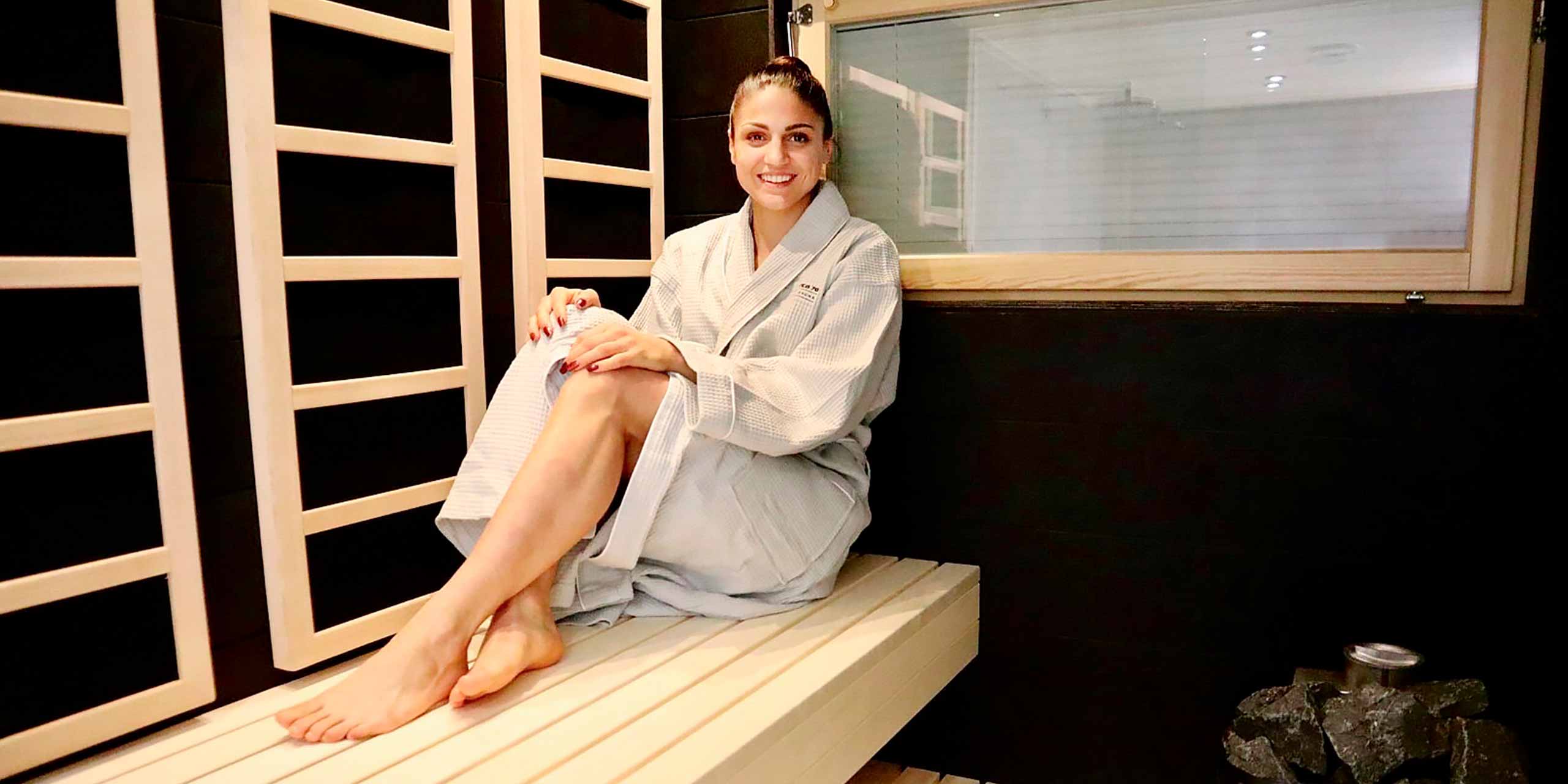
Infrared Saunas
Infrared saunas, a more recent and increasingly popular adaptation of the traditional sauna, are considered to be one of the most powerful healing therapies today. They use invisible light from infrared lamps to produce less—but more effective—radiant dry heat, which may be a better option for those sensitive to higher temperatures. These light baths also take place within the confines of a small wooden cabin with glass doors but don’t require ventilation and can raise the room temperature anywhere from 100–150 degrees Fahrenheit with no preheat time required. The infrared wavelengths require far less heat to positively impact the body. They penetrate the skin membrane to elevate the core temperature of the body considerably to produce a more intense sweat than a traditional sauna. As those wavelengths travel deeper into the soft tissue, your body’s cellular response is ramped up, inducing perspiration within 9–10 minutes. While most sweat is comprised of water and little salt, studies indicate that 15-20% of infrared sauna-induced sweat contains cholesterol, fat-soluble toxins, heavy metals, sulfuric acid, ammonia, sodium, and uric acid. Because of the lower temperatures, you can enjoy an infrared sauna for up to a half an hour if desired.
So what do saunas do and how do they do it? Simply put, they make you healthier and happier by purifying your body through heat therapy. Whether you choose a traditional sauna or an infrared one for your personal wellness needs, you’ll experience the health and relaxation benefits that have stood the test of time across the globe. Wouldn’t every morning be brighter with a good night’s sleep?



